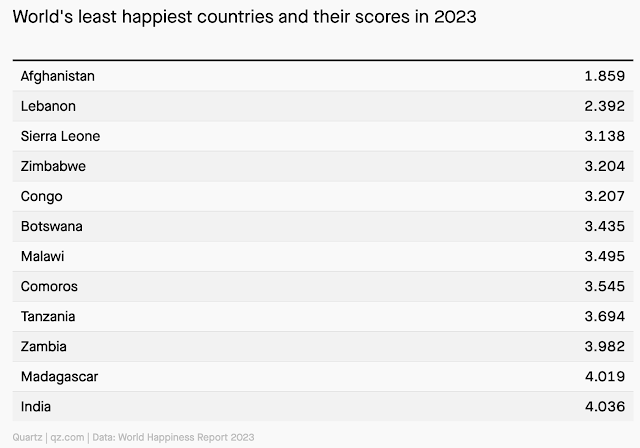British Pakistani Humza Yousaf, 37, has made history. He has become the first Muslim to lead Scotland after winning the election of the Scottish National Party (SNP) to succeed Nicola Sturgeon. He is also the youngest person to be elected First Minister of Scotland. Humza's father was born in Pakistan and his mother in Kenya. "We should all take pride in the fact that today we have sent a clear message, that your color of skin, your faith, is not a barrier to leading the country we all call home", he declared in his victory speech. Back in 2016, he took the oath as a member of the Scottish parliament in Urdu, Pakistan's national language. Currently, there are 5 members of Pakistani origin serving in the Scottish Parliament and 29 in the British Parliament.
 |
| Scottish Leader Humza Yousaf |
Scottish Independence:
He has vowed to lead his nation to independence from Britain, now led by Prime Minister Rishi Sunak, a British Indian. Channel 4 News quoted him as saying: "we will be the next generation that delivers independence of Scotland." The people of Scotland need independence now more than ever", he added. Here's an excerpt of his victory speech:
"To those in Scotland who don’t yet share the passion I do for independence, I will aim to earn your trust by continuing to govern well, and earn your respect as First Minister by focussing on the priorities that matter to us all, and in doing so using our devolved powers to absolute maximum effect to tackle the challenges of the day. For those of us who do believe in independence, we will only win by making the case on the doorsteps. My solemn commitment to you is that I will kickstart our grassroots, civic-led movement and ensure our drive for independence is in 5th gear".
 |
| 60% of Scots Voted Against Brexit. Source: New York Times |
Scots Against Brexit:
Recent YouGov poll shows that only 39% of Scottish voters support independence, while 47% wish to remain with the United Kingdom. Can Yousaf persuade more voters to support his goal of independence? He knows that an overwhelming majority of Scots voted against Brexit. This creates an opportunity based on the economic benefits of leaving the UK to join the European Union (EU). Ireland is a good example of a small country enjoying the huge benefits of access to the large European market. Ireland is now significantly wealthier than the UK. Many big American companies have established significant presence in the Irish Republic to gain access to the EU market. They have created jobs, increased the tax base and brought technology to the Republic of Ireland.
 |
| British Pakistani MPs. Source: Geo News |
British Pakistani MPs and Peers:
There are 15 British Pakistani members of the House of Commons, and 14 in the House of Lords, the upper house of the British Parliament, bringing the total strength of British Pakistanis in the UK parliament to 29. Most of them are from very humble backgrounds in rural Pakistan. Majority of Pakistanis in the UK are from Mirpur and its surrounding villages in Azad Kashmir. They or their parents migrated to Britain when they were given compensation by the Pakistani government for their land to make way for the building of the massive Mangla Dam after the signing of the Indus Water Treaty between India and Pakistan in 1960. Five of the twelve British Pakistani MPs in the new parliament are from Azad Kashmir.
London Mayor Sadiq Khan:
In 2016, Sadiq Khan was elected as mayor of London, making him the first Muslim mayor of a major western capital city. Mayor Sadiq Khan is also of Pakistani-origin. Khan's father migrated to Britain in the 1960s and worked as a London bus driver. Khan comes from a family of two generations of immigrants: His grandparents migrated from what is now India to the newly created state of Pakistan in 1947 and his parents migrated from Karachi to London in 1969. Sadiq Khan was born in London in 1970.
British Pakistanis' Struggles:
While the British Pakistanis have made some headway in the public sector in their new home, they continue to face discrimination, particularly in the private sector. A 2016 study by the government’s Social Mobility Commission found that the "children of Bangladeshi and Pakistani origin in Britain have outperformed other ethnic groups to achieve rapid improvements at every level of education, but are significantly less likely to be employed in managerial or professional jobs than their white counterparts".
The study said that the "minority ethnic pupils (including Pakistanis) are outperforming white working class children in English tests throughout school, with white British teenagers coming bottom of the pile in the subject at GCSE level".
Pakistani Doctors in the West:
Pakistani doctors make up the third largest source of practicing physicians and surgeons in the United States. Pakistan is also the second largest source of doctors of foreign origin serving in the United Kingdom, according to OECD. Indians make up 34% of the foreign doctors in Britain, followed by 11% from Pakistan.
Here's a video of Humza Yousaf taking oath as member of Scottish Parliament in Urdu:
https://youtu.be/NE_J8wzo6ko
Related Links:
Haq's Musings
Upwardly Mobile Pakistani-Americans
Pakistani Diaspora
British Pakistanis
London Mayor Sadiq Khan
British Pakistani Singer Zayn
Pakistan 3rd Largest Source of Foreign Doctors in America
Pakistanis Make Up Largest Foreign-Born Muslim Group in Silicon Valley
Pakistanis in Silicon Valley
Massive Show of Support for Silicon Valley Muslims After Trump Ban

































